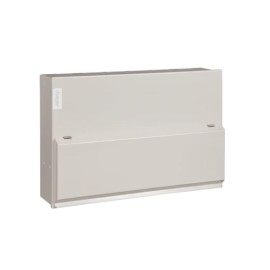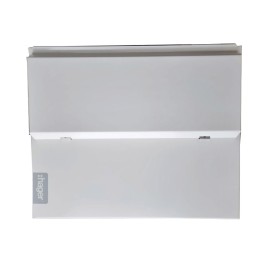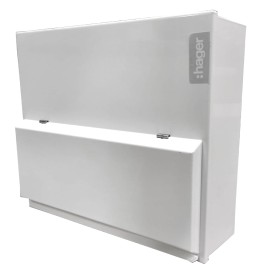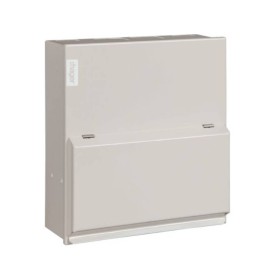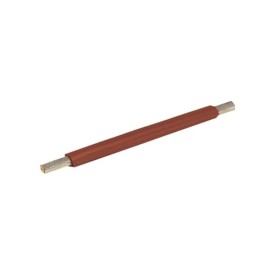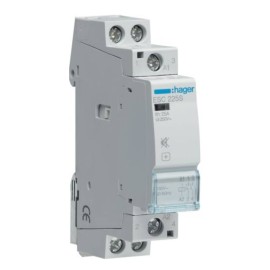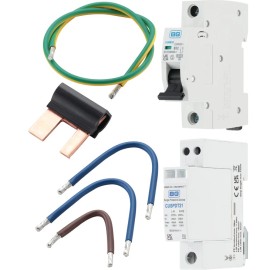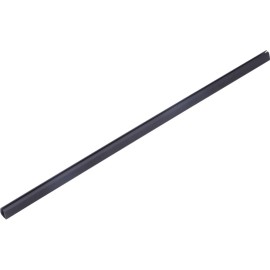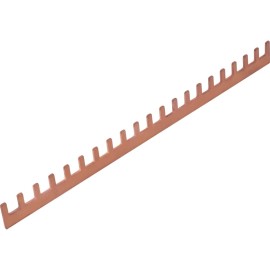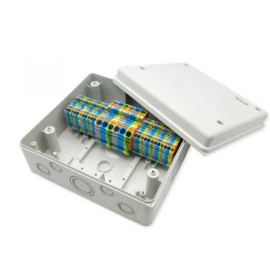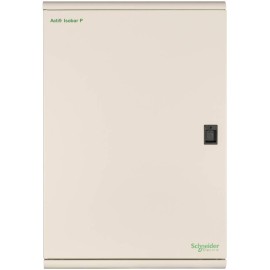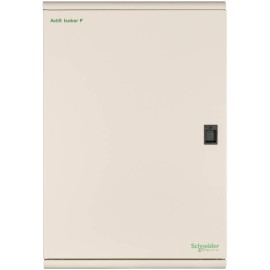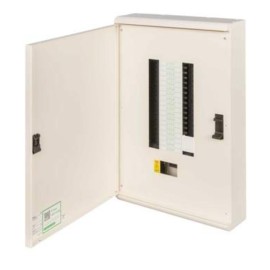
Wise words for Contractors - New 18th Edition Rules For Surge Protection
Significant changes have been made in the 18th Edition Regulations for Wiring Regulations. These rules will affect all contractors, as they must adapt to modern regulatory environments. It is important contractors get their house in order, as the rules have been enforced from beginning of 2019 on any installation designed from the 31st December 2018 onward. In this article, we will explain the crucial parts of the new regulations using advice from industry experts and leaders. An important takeaway from the 18th Edition - Surge Protection Paul Appleby, BG Electrical Circuit Protection Product Manager, had some wise words for contractors regarding these new rules. He identified the increase in responsibility for contractors. They will need to carry out risk assessments to determine whether surge protection devices are essential for future installations. Surge protection devices (SPDs) stop electrical shocks during work where excess voltage could damage an installations wiring infrastructure. If there is an ‘overvoltage’ event, the SPD diverts this excess voltage safely to the Earth. Surge protection assessment - in more detail Surge protection assessment has been identified as a critical area, as these new guidelines aim to improve safety standards across the industry. Regulation 443.4 states that any new installation: ‘requires… protection against transient overvoltages… where consequence caused by overvoltage could result in serious injuries, damage to culturally sensitive places, interruption of supply or affect large numbers of co-located people’ This doesn’t apply for single dwelling units where the cost of the installation is not justified. All other types of residences will need assessments if receiving new installations. The Institution of Engineering and Technology (IET) recommends that, if a risk assessment is not carried out, a precautionary SPD should be fitted. This requirement is something that contractors will now have to consider. They must take account of the added time to fit new installations, as well as potential increased costs for customers. Varying degrees of need for SPDs The need for an SPD could depend on a number of factors. These include: The level of building exposure to lightning-induced overvoltages. Equipment sensitivity and value. Type of equipment used within an installation. Whether the equipment used could generate voltage transients. Electrical contractors must take due course in dealing with the new rules laid out in the 18th Edition. Paul Appleby advises that they can always ask their trade bodies to help safeguard themselves from compliance complaints. Are these changes really necessary? Opinion from an industry expert John Bradley, Chairman of the joint IET/ BSI Committee, has weighed in on the 18th Edition’s technical content. He states that: “Regulations not only help electricians stick to legal requirements but they also introduce important safety features for electrical installations” John cites RCD protection for socket outlets, cables concealed in walls, and final circuits in bathrooms as great changes made via Wiring Regulations. John believes that Wiring Regulations have changed over his career to give more flexibility to designers and installers. They also now demand increased effort from electricians to interpret and apply regulations. Other advice John would give to contractors includes simply asking for advice from more experienced colleagues. Alternatively, they could attend IET training sessions and read their varied materials to understand the new rules. 5 key changes to remember from the 18th Edition Jocelyn Golding, an Electrician Programme Manager at Schneider Electric, has examined the new guidelines and taken away five key points (aside from surge protection). A new regulation recommends contractors install Arc Fault Detection Devices (AFDDs) This is to mitigate the risk of a fire outbreak, due to arc fault currents. There are new requirements for metal support cables. Wiring throughout the entire installation, in all locations, will require metallic clip supports. Excluding FELV and RLV, all AC sockets rated up to 32A will now require RCD protection. Electrical installers must now identify if incoming metallic pipes have an insulating section, and if they require protective bonding. The contractor must now take a more active role in the architectural design process of building. This is to ensure they comply with the new regulations. We Sparks hope this collated advice will be useful for contractors getting to grips with the 18th Edition for Wiring Regulations. Electricians are being asked to understand more about building and design than ever before. The benefit, of course, will be safer electrical installations for their customers when looking ahead to the future.







